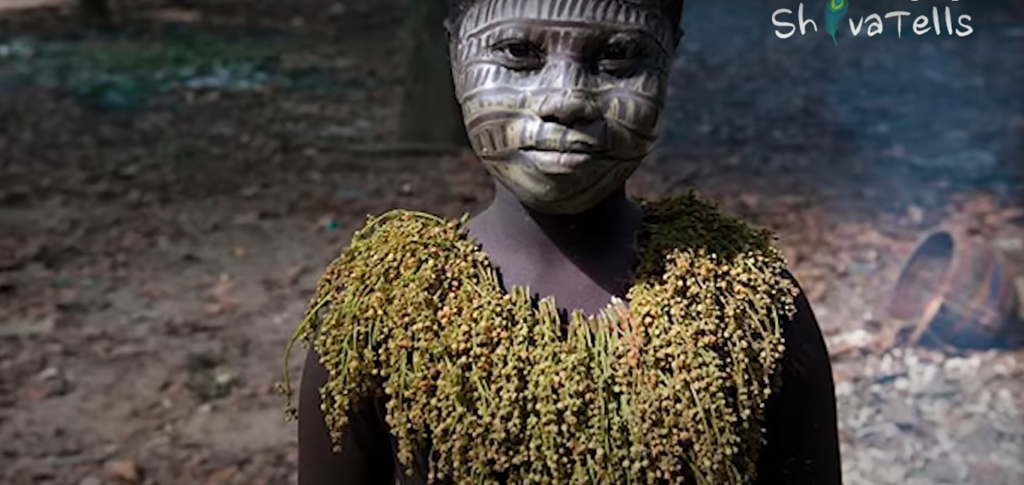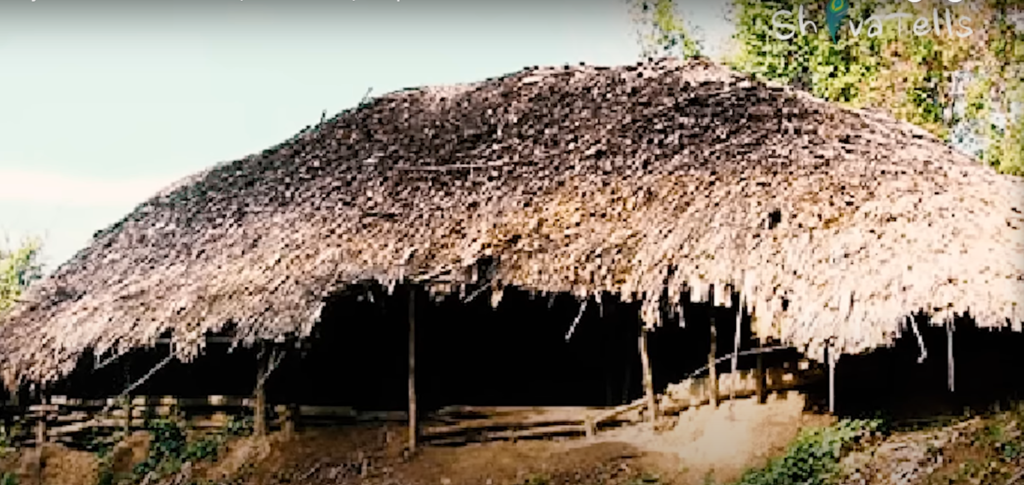The Andaman and Nicobar Islands are often celebrated for their stunning beaches and lush landscapes. However, hidden within this paradise lies a pressing issue—the survival of the indigenous tribes, whose rich cultures and ways of life are at risk of disappearing. My journey into this world led me to the Jarawa tribe, an experience that left a profound impact on my understanding of humanity’s connection to nature and the challenges faced by these tribes.
Table of Contents
A Closer Look at the Indigenous Tribes
The Andaman and Nicobar Islands are home to several indigenous tribes, each with unique customs, languages, and ways of life. Here’s an overview of the major tribes:
1. Jarawa Tribe

The Jarawa tribe inhabits the western coast of Middle and South Andaman. They are known for their semi-nomadic lifestyle, living in harmony with the forest. Their deep connection to nature shapes their identity, as they rely on the forest for food, shelter, and spiritual sustenance.
Key Characteristics:
- Lifestyle: Hunter-gatherers who practice sustainable living by foraging for wild fruits, hunting, and fishing.
- Culture: The Jarawa have a rich oral tradition, passing down stories and knowledge through generations.
- Connection to Nature: Their understanding of the forest is profound, enabling them to live off the land without depleting its resources.
2. Sentinelese Tribe

The Sentinelese are perhaps the most famous of the tribes, known for their complete isolation from the outside world. They inhabit North Sentinel Island and have actively resisted contact with outsiders.
Key Characteristics:
- Lifestyle: The Sentinelese live as hunter-gatherers, relying on fishing and gathering wild fruits.
- Protection: The Indian government has declared North Sentinel Island a protected area, prohibiting outsiders from approaching to preserve the tribe’s way of life.
- Cultural Practices: Very little is known about their culture due to their isolation, but they are believed to have a rich oral tradition and strong community ties.
3. Great Andamanese Tribe

Once a dominant tribe in the region, the Great Andamanese have faced severe population decline due to disease, displacement, and loss of territory. Today, they reside on Strait Island, and efforts are being made to revive their culture and language.
Key Characteristics:
- Lifestyle: Traditionally hunter-gatherers, they relied on fishing and gathering wild plants.
- Cultural Revival: Efforts are ongoing to preserve their language and cultural practices, which have been significantly affected by external influences.
- Community Structure: The tribe is working to rebuild its community and retain its cultural identity amidst modern challenges.
4. Onge Tribe

The Onge tribe lives on Little Andaman Island and is semi-nomadic. They rely on fishing and gathering for their sustenance and have maintained many of their traditional practices.
Key Characteristics:
- Lifestyle: The Onge practice a mix of fishing, hunting, and gathering. They are known for their skills in fishing and using the resources of the sea.
- Culture: Their traditions include elaborate rituals and dances, reflecting their connection to nature.
- Challenges: Like other tribes, the Onge face challenges from modernization and the encroachment of outside influences.
Experiencing the Jarawa Tribe
During my visit to the Andaman Islands, I had the opportunity to meet the Jarawa tribe. As I trekked through dense jungles, I marveled at the untouched beauty surrounding me—the towering trees, vibrant flora, and the sounds of wildlife creating a symphony of life.
When I finally encountered members of the Jarawa tribe, I was struck by their resilience and adaptability. They welcomed me with cautious curiosity, showcasing their rich knowledge of the land. I learned how they hunted and gathered, using every part of the forest without depleting its resources. Their survival skills were not merely practical; they were intertwined with their spiritual beliefs, viewing nature as a living entity deserving of respect.
Key Insights from My Experience:
- Sustainable Practices: The Jarawa’s lifestyle is a testament to sustainable living. They understand the delicate balance of their ecosystem and practice hunting and gathering in ways that do not deplete resources.
- Cultural Traditions: Their connection to the land is deeply spiritual, influencing their daily lives and practices.
Challenges Facing the Tribes
Despite their rich heritage, these tribes confront numerous challenges that threaten their existence:
- Encroachment of Modern Society: Increased tourism and development are invading their territory, disrupting their traditional ways of life. Roads and infrastructure are encroaching on their natural habitat, leading to conflicts between the tribes and outside influences.
- Health Risks: Increased contact with the outside world has exposed these tribes to diseases for which they have no immunity. This exposure has led to health crises that have decimated their populations in the past.
- Cultural Erosion: With the younger generation exposed to modern influences, there is a growing concern that traditional practices and languages will fade away. The allure of urban life is pulling them away from their roots.
- Environmental Changes: Climate change and deforestation are threatening their natural habitats. Rising sea levels and changing weather patterns impact the availability of resources crucial for their survival.
The Importance of Preservation
The tribes of the Andaman and Nicobar Islands embody unique ways of life that contribute to the richness of human diversity. Preserving their cultures is crucial not only for the tribes themselves but for the world at large.
- Support Local Initiatives: Engaging with and supporting organizations that work to protect these tribes can help preserve their cultures. Efforts to promote sustainable practices and respect for their land are essential.
- Advocate for Responsible Tourism: Encouraging tourism that respects the rights of indigenous peoples is vital. Visitors should be mindful of their impact and engage with these cultures respectfully and ethically.
- Raise Awareness: Sharing knowledge about these tribes and their struggles can raise awareness and inspire action. The more we understand, the more we can advocate for their protection.
Final Thoughts
The Andaman and Nicobar Islands are a treasure trove of natural beauty and cultural richness. My experience with the Jarawa tribe opened my eyes to a way of life that is intricately tied to the land—a lifestyle that is now under threat.
As travelers, we hold a responsibility to ensure that these indigenous cultures are not lost to time. By supporting preservation efforts and advocating for their rights, we can help protect the rich heritage of the Andaman and Nicobar tribes for future generations.
Other stories from Andaman and Nicobar Islands
- 7 Days in Andaman: Exploring Paradise | ShivaTells Travel Vlog
- Spear festival | Vel Vel | Panguni Uthiram | Tamil Nadu |Andamans
